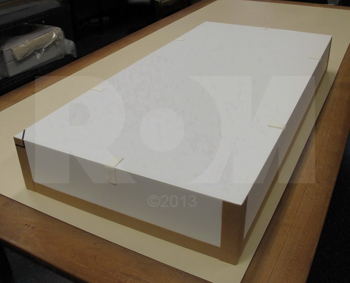A Pair of 18th Century French Panniers Arrives at the ROM!
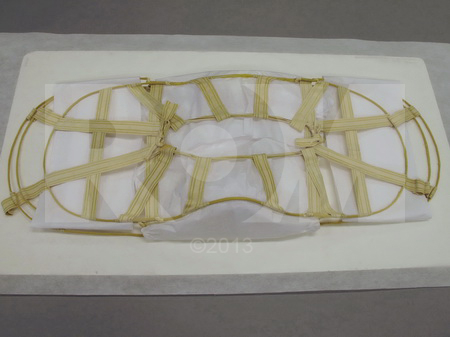
As Interim Collections Technician in the Department of World Cultures’ Textile & Costume Section, I have the great pleasure and the great challenge of processing the Section’s many acquisitions. Taking in a group of rare 18th century European objects in the early part of 2013 was one of the highlights of my career! The Lillian Williams 18th Century Fashion Collection includes exceptional womenswear, a number of ornate bodices, a very rare straw and pink silk hat, and a set of cane, silk, leather, and linen panniers that are in remarkable condition.
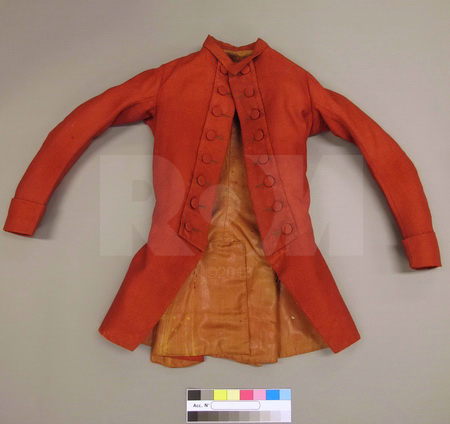
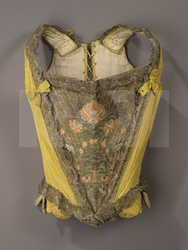

As Collections Technicians, in addition to managing the collection and its information, we play a primary role in preserving the objects in the ROM’s collections. We do so by protecting them from infestation by pests, by exercising caution when handling, through documentation (which can reduce future handling), and by facilitating long-term storage. In storage, we support objects structurally and use long-lasting, archival quality materials.
The Lillian Williams 18th Century Fashion Collection arrived at the ROM on January 29th.
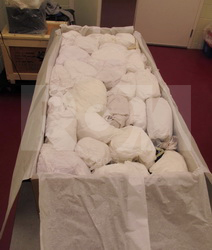
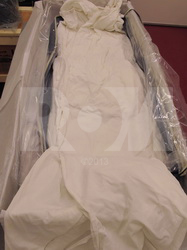
At this time, I inventoried, inspected, and prepared the artifacts for freezing. Objects entering the museum are frozen for a period of ten days in order to curb infestation.
When freezing was complete, I unwrapped, catalogued, photographed, measured, and assessed the condition of the artifacts. At the same time, Senior Curator Alexandra Palmer researched the objects and completed a successful grant application that enabled the purchase of this exquisite collection.
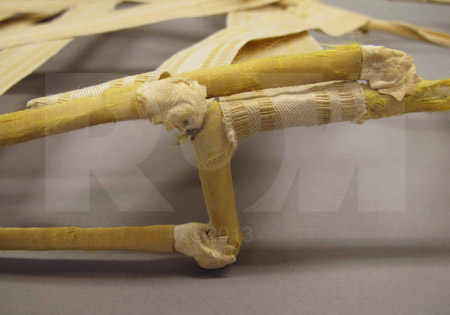
Once the pieces were accessioned, I constructed a customized storage box to house the delicate panniers. I wanted to shield them and support their curved shape, as over time, they would sag under their own weight. Using both 3/16” and 3/8” thick Duraplast (a type of sturdy inert plastic foam board), I began with a 3/8” stepped base, cutting away a 3/16” perimeter to accept the 3/16” sides of the box.
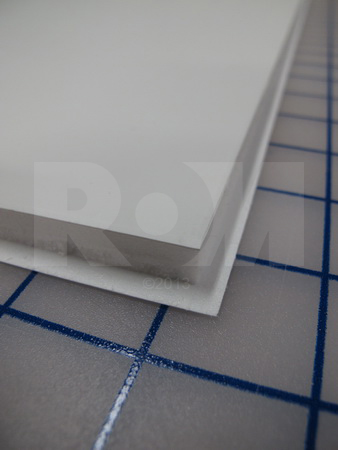
Next, I cut four side pieces, bearing in mind that the two end pieces would be slightly shorter than the ends of the base. I attached the sides to the base with hot glue, using a number of make-shift weights to keep each piece in position while the glue set. I added a second piece of Duraplast to reinforce each of the short ends, in the event that handles were added at a later date.
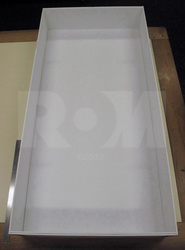
To strengthen the edges of the box, I lined them with paper tape, scoring the surface of the Duraplast to facilitate a stronger bond.
With the bottom half of the box complete, I created a platform upon which the finely constructed panniers would sit. This platform, which could be lifted in and out of the box using twill tape handles would reduce handling, as the artifact could be viewed in the round without being touched. This is an important precaution, as handling poses the biggest threat to preservation. I inserted a bed of smooth Volara (a thin inert foam) under the panniers to provide them with a bit of cushion. I attached Ethafoam bumpers wrapped in cotton stockinette tubing at each end to prevent the panniers from sliding inside their box when moved.
Their beautifully curved profile led to my giving the panniers thorough three-dimensional consideration.
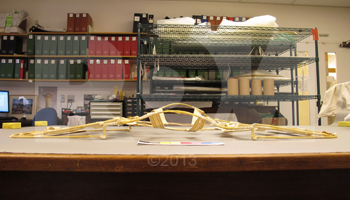
To prevent sagging and minimize stress on the cane, I filled the void under the curves with acid-free tissue, and interleaved this material between its parts, to prevent abrasion of the silk.
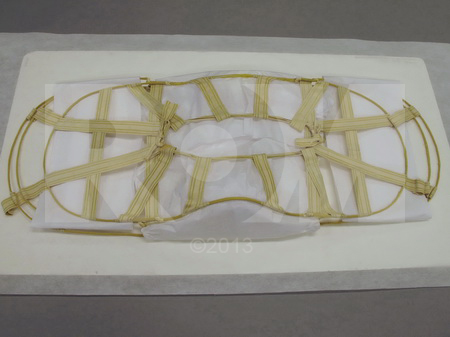
I enclosed the panniers by constructing a lid similar to the base, cutting away a 3/16” perimeter to allow it to slot into the bottom of the box. I attached Velcro tabs to fasten the lid to the bottom of the box. Finally, I marked both the lid and the bottom of one corner of the box, as a means of orientation when replacing the lid.
Their customized box complete and numbered, the newly acquired panniers are now ready to be integrated into costume storage! They have been thoroughly catalogued and photographed, they can be moved safely, and viewed with minimal handling.
